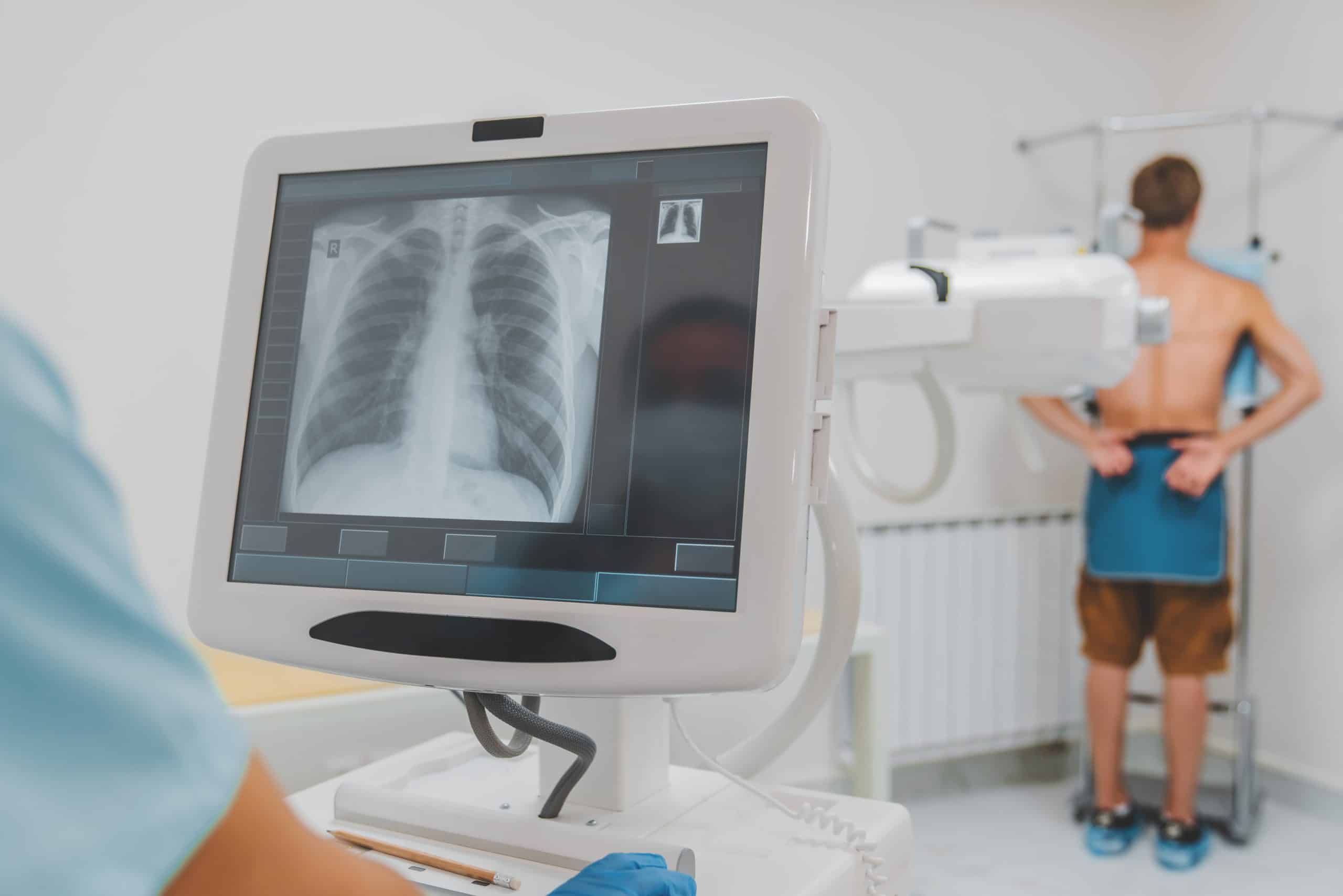X-rays are one of the most common diagnostic tools in healthcare. But once the scan is done, where do those images go? Understanding how X-rays are stored helps patients make informed decisions about their medical imaging records. Today, most clinics like Valence Medical Imaging in Brampton and Bramalea use both digital and film methods, depending on the situation. Let’s explore the key differences and how you can access your results with ease.
X-Ray Storage Methods Explained | Digital Radiology vs. Traditional Film
X-rays were originally stored on film. These were large sheets that needed to be carefully developed and stored in physical folders. Film X-rays required a lot of space, careful handling, and could easily be lost or damaged. Today, digital X-rays are more common. They are stored on secure servers and cloud systems that allow for fast access and easy sharing.
Digital vs. Film X-Rays | What Patients Should Know About Imaging Storage
Here’s how they compare:
- Film X-rays
- Stored in physical folders
- Can fade or become damaged over time
- Harder to copy or share
- You may need to request a film X-ray copy in person
- Stored in physical folders
- Digital X-rays
- Stored electronically on secure servers
- Can be accessed instantly
- Easy to share with other doctors or specialists
- You can download X-rays from the imaging center or view X-ray results online
- Stored electronically on secure servers
The Evolution of X-Ray Storage | From Film Reels to Digital Archives
Medical imaging has changed a lot in the past few decades. Clinics are moving away from film storage because it takes up space and is harder to manage. Digital radiology has made it easier to upload X-rays to patient portals, convert film X-rays to digital, and even request digital copies of X-rays with just a few clicks.
Electronic X-Rays vs. Film | Key Differences in Storage and Access
Digital X-rays can be stored in secure, password-protected archives. Patients can:
- Request digital copy of X-ray
- Access their medical imaging records
- View X-ray results online
- Upload X-rays to their patient portal
- Request X-ray storage transfer if switching providers
Film X-rays are not as flexible. If you want to get a film X-ray copy, you might need to pick it up in person or wait for it to be mailed.
How Digital Radiology Is Changing X-Ray Storage & Recordkeeping
Thanks to digital radiology, clinics now offer:
- Secure X-ray storage services
- Faster turnaround times for sharing results
- The ability to convert old film X-rays to digital files
- Better backup in case of emergencies
This shift helps both patients and doctors by improving access and lowering the chance of lost or misplaced records.
X-Ray Storage 101 | Comparing Medical Imaging Records in Film and Digital Formats
If you’re unsure how your X-rays are stored, ask your imaging provider. Valence Medical Imaging uses advanced systems to store and protect your information. Whether you need a quick download or a long-term archiving service, they offer convenient options.
Modern X-Ray Storage Solutions | Why Digital Radiology Is Now the Standard
Digital storage is now the preferred method in most imaging centers because:
- It saves space
- It allows fast access and sharing
- It offers strong data protection
- It makes it easier to manage and retrieve records
Where Are My X-Rays Stored? | Insights into Medical Imaging Records
Your digital X-rays are often stored in a secure PACS (Picture Archiving and Communication System). This allows your provider to:
- Review the scan with you during your appointment
- Share the image with your family doctor or specialist
- Keep a backup of your record for future needs
If you ever change clinics, you can request an X-ray storage transfer to a new provider.
X-Ray Storage for Patients | How Imaging Is Saved and Shared Today
Need your X-rays for a second opinion or a follow-up appointment? Here’s what to do:
- Ask the clinic to upload X-rays to your patient portal
- Download X-ray from the imaging center if needed
- Use a secure X-ray archiving service near you for long-term access
- Convert old film records to digital if you’re updating past medical files
Digital storage gives you more control over your health records, so you’re never left waiting.
Take Control of Your Imaging Records
Whether you’re in Brampton or Bramalea, Valence Medical Imaging is here to help you access, download, and manage your X-rays with confidence. From digital copies to secure long-term storage, modern imaging makes it easy to stay in charge of your health.




